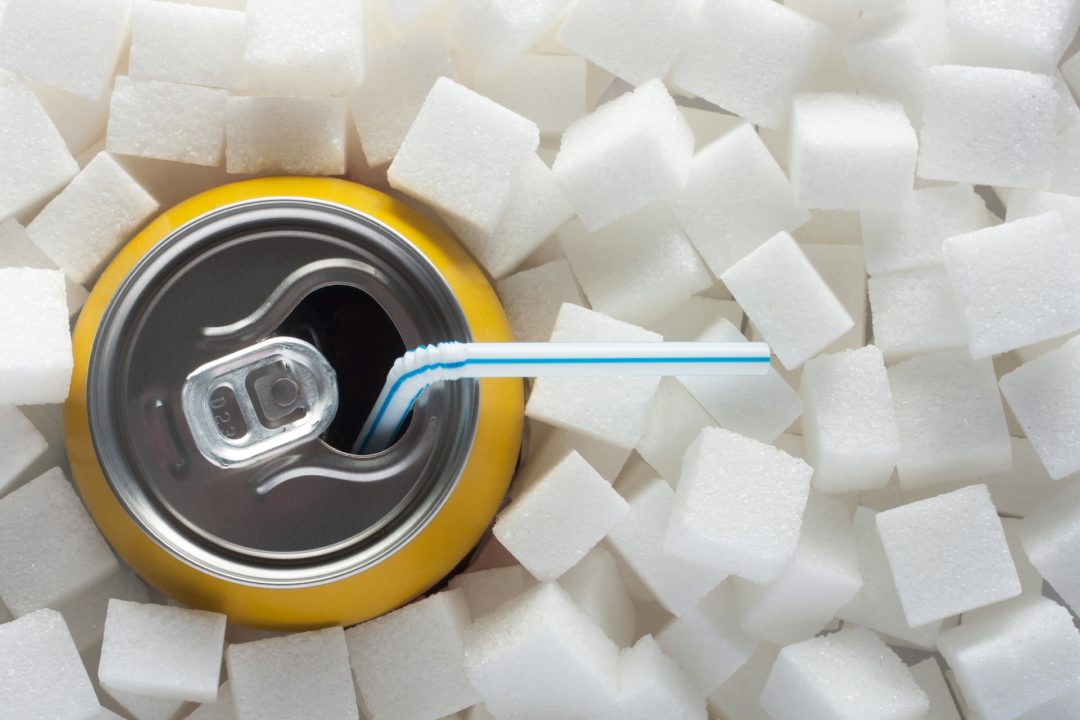
Study: Sugar Taxes, 'High In' Labeling Reduce Purchases of Sugary Beverages, Snacks

The study was performed on 3584 Canadians 13 years and older. They were given $5 and presented with images of 20 beverages and 20 snack foods available for purchase. They were randomized to one of five FOP label types—i.e., ‘high in’ warning, traffic light, or no label—and completed eight purchasing tasks with different taxation conditions.
Results showed that participants who saw the ‘high in’ warnings purchased the least amount of sugar, saturated fat, and calories when compared to all other labeling systems. All taxes resulted in substantial reductions in sugars and calories. Taxes that included 100% fruit juices produced greater reductions in sugars and calories.
“Governments don’t need to wait to implement these policies; they’re already used in many other parts of the world and are successful in helping people make healthier food choices,” said Rachel Acton, a doctoral student in the School of Public Health & Health Systems at the University of Waterloo and one of the study’s authorsin a press release.“Many people don’t realize that fruit juice can have just as much sugar as, or more than, regular pop, and these types of drinks aren’t always included in a tax when evidence shows that maybe they should be.”
David Hammond, professor at the same school and co-author of the study, said in the release: “Taxes on sugary drinks and better nutrition labels are the types of measures that can help reverse increasing rates of obesity and chronic disease from unhealthy diets. Evidence is particularly important given strong opposition from the industry.”

The editorial team at WholeFoods Magazine has decades of experiences reporting on natural products industry news, trends, and more. This national, monthly business-to-business magazine has been published continuously for nearly 40 years (the magazine was founded in 1977, and has been owned by Wainer Finest Communications since 1984). It is the longest-tenured media outlet of its kind in the natural products industry. The editorial focus at WholeFoods Magazine is, and always has been, on informing and educating members of the natural products industry.
The Magazine
Information
About Us
NOTE: WholeFoods Magazine is a business-to-business publication. Information on this site should not be considered medical advice or a way to diagnose or treat any disease or illness. Always seek the advice of a medical professional before making lifestyle changes, including taking a dietary supplement. The opinions expressed by contributors and experts quoted in articles are not necessarily those of the publisher or editors of WholeFoods.







